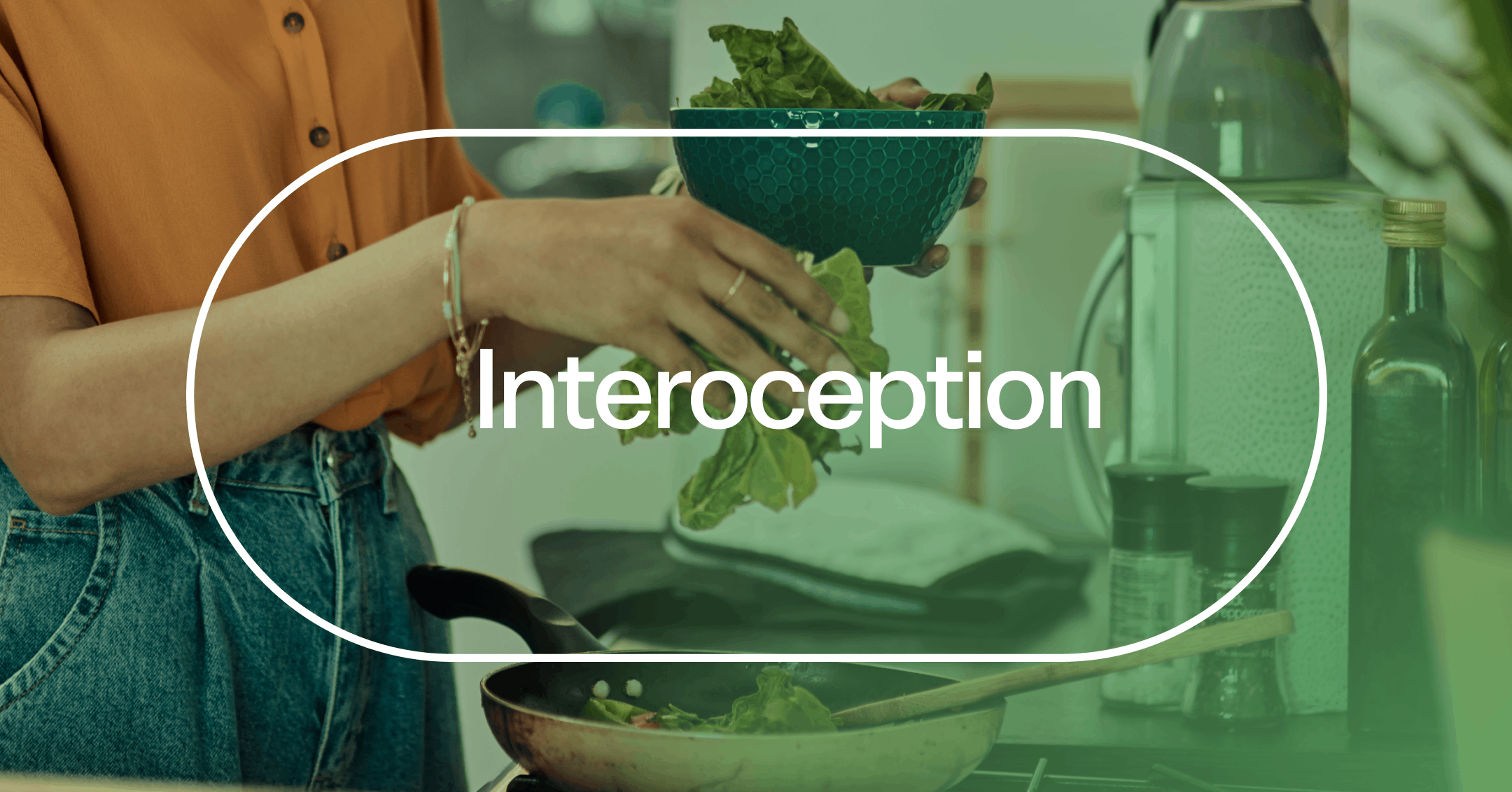Sometimes clients need more support than what can be provided in therapy. And it’s up to you to determine when to make a referral to a higher level of care (HLOC). Fortunately, with Rula, you don’t have to navigate this process alone.
To make an appropriate HLOC referral, you need to plan ahead. This means knowing the different options available, assessing and documenting your client’s symptoms, consulting with peers, and coordinating with other members of your client’s care team to ensure a warm handoff.
Engaging your client in each step of the HLOC planning process will help them feel safe, informed, and empowered throughout the experience. So talk to them about HLOC options and what they can expect throughout the transition as part of your informed consent process.
Whether you work with clients in person or remotely, it’s important to have a plan if a situation arises where a client needs a higher level of care (HLOC).
To effectively transition a client to a more intensive level of support, you first need to know all the different HLOC options that exist. These can include traditional inpatient treatment centers, residential programs, partial hospitalization programs (PHPs), and intensive outpatient programs (IOPs). It could also mean working with a psychiatrist for medication management, joining a support group (either in-person or online), or other forms of care beyond individual therapy.
Once you understand the HLOC landscape, it’s also important to collaborate with your client as you prepare for the transition. So be sure to communicate with them about why you’re recommending a HLOC at this time, the available options, and the support they’ll receive to ensure continuity of care.
Step by step: Referring a client to HLOC
If you suspect that a client may need a HLOC in the near future, the following steps can help ensure appropriate placement, a smooth transition, and the best possible outcomes for your client.
1. Become familiar with the different HLOC options in your client’s area
Planning ahead for an escalation of support will help both you and your clients navigate these situations smoothly. But as most therapists know, there will be times when it becomes apparent that your client has an unexpected need for a HLOC. When this happens, it’s important to familiarize yourself with the different HLOC options in your client’s geographic area.
At Rula, our care coordination team can help you research treatment facilities (e.g., inpatient, residential, partial hospitalization, intensive outpatient), support services, and other HLOC resources that can meet your client’s needs. This may involve reviewing online databases and directories and tapping professional networks for referral information. As you review the best HLOC option for your client, make sure you understand their treatment approach, the credentials of the staff, current availability, and relevant details about their intake process.
The care you need, when you need it
Learn how Rula can support your mental health journey
2. Conduct the appropriate assessments to document symptom escalation and determine acuity
As part of your ongoing assessment process, pay attention to any significant escalation of symptoms, and monitor changes over time. At Rula, we recommend using assessments like the:
Generalized Anxiety Disorder 7-item scale (GAD-7)
Patient Health Questionnaire 9 (PHQ-9)
Columbia Scale for Suicide Ideation
Alcohol Use Disorders Identification Test – Consumption (AUDIT-C)
The results of these assessments can be helpful in determining the best HLOC placement for your client. They can also help inform and streamline treatment planning once your client transitions to their HLOC setting. If you need help analyzing the results of your client’s assessments and making an appropriate HLOC referral, Rula’s community of mental health peers can provide you with consultation and support (see step 4).
3. Talk to your client (and their family, if appropriate) about the HLOC referral and engage in collaborative decision-making
Once you have a clear idea of the best HLOC options for your client, have a collaborative conversation with your client and ask for their feedback. Let your client know that your goal, as always, is to help keep them safe and ensure they receive the support they need. Remember that your client is the expert on themselves and that they possess valuable information that can help guide the referral process. So as you speak with them, ask them about the times in their life when they had an increase in symptoms, any known triggers, and what helped them get back on track in the past.
Knowing the HLOC options ahead of time and being kept informed about next steps will help your clients feel safe and supported. And maintaining a sense of openness and transparency can go a long way in strengthening the therapeutic relationship and removing confusion or fears about entering a HLOC. By involving your client in these discussions, you can empower them to actively participate in their treatment decisions, enhance their buy-in, and reduce any potential friction surrounding the HLOC transition.
4. Consult with other mental health professionals
Sometimes, referring a client to a HLOC can be difficult, especially when there are several options to choose from or if your client expresses hesitation about the transition. In these situations, it can be helpful to get some outside perspective and support.
At Rula, our community of fellow mental health professionals can offer insight, collaboration, and consultation to help you make the best decisions for your clients. Our platform provides opportunities to connect with other providers who understand the HLOC landscape so that you never have to worry about making decisions in isolation again. Plus, our care coordinators can help lift the administrative burden of making a HLOC referral so that you can continue to focus on providing exceptional care for your clients.
5. Help facilitate a warm handoff
Initiating a warm handoff to a HLOC will help your client feel safe and supported as they exit your care. Throughout the process, remind them of next steps and let them know who will be there to guide them throughout the transition. Also, be sure to discuss what will happen when it’s time for your client to exit their HLOC. If there’s an option to resume sessions with you after they leave their HLOC, let them know how they can contact you and what will happen if you have a full caseload at that time.
At Rula, our care coordination team will facilitate a warm HLOC handoff and act as the intermediary between you and your client’s new care setting. They’ll handle all the necessary paperwork (including releases and consent forms) to help facilitate wraparound communication among the entire care team. This collaboration will help ensure continuity of care for your client and demonstrate that even though they’re no longer working with you, they’re still receiving comprehensive support from a dedicated team.
6. Support your client in making practical arrangements
When a client prepares to go from individual therapy to a HLOC, there are often practical concerns to consider. For example, if your client is entering an inpatient facility, they will likely need to make a plan for handling their responsibilities at home and/or being away from work. They may also need help with transportation to their new care setting, understanding the financial obligations associated with the HLOC, and more. These big unknowns can make it difficult for clients to feel ready to enter a HLOC at a time when they’re already facing acute emotional challenges.
As a busy therapist, it can be difficult to find the time to guide your client through this important (but sometimes complicated) part of the HLOC planning process. But at Rula, our care coordinators are here to support the administrative side of HLOC planning and this includes the practical concerns associated with the transition.
By coordinating with the Rula team, you can ensure that your clients have a clear understanding of what lies ahead and support them in maintaining a sense of continuity throughout their therapeutic journey.
Simplified HLOC referrals with Rula
Throughout every therapist’s career, there will be times when they will need to support their client in accessing a HLOC.
You can streamline this process for your client by planning ahead, knowing all the HLOC options, consulting with peers as you make referral recommendations, and keeping your client in the loop at every step.
At Rula, we’re here to make it easier for therapists to make quality HLOC referrals. Our care coordination team will identify appropriate HLOC placement options in your client’s area, plan next steps, and facilitate all the necessary paperwork to ensure a smooth transition and a warm handoff.
To learn more about our collaborative approach to client care and the administrative support we provide for private practice therapists, check out our FAQ.
Rula's editorial process
Rula's editorial team is on a mission to make science-backed mental health insights accessible and practical for every person seeking to better understand or improve mental wellness.
Members of Rula’s clinical leadership team and other expert providers contribute to all published content, offering guidance on themes and insights based on their firsthand experience in the field. Every piece of content is thoroughly reviewed by a clinician before publishing.





